
Gaston Aime Camille Fontanille (born 11 May 1883 [1] ), also known just as Delandre, was a French entrepreneur and conman born in Valence, the son of a magistrate. [2]

Gaston Aime Camille Fontanille (born 11 May 1883 [1] ), also known just as Delandre, was a French entrepreneur and conman born in Valence, the son of a magistrate. [2]
One of Delandre's many schemes was the invention of the Delandre vignette which was a popular form of label or poster stamp during World War I. He started by reproducing Italian regimental vignettes when the supply of originals proved insufficient for his needs. From there he expanded to include French army stamps and ultimately he produced over 4000 different patriotic stamps which have become a popular collecting area in cinderella philately. Delandre responded to claims of forgery of the Italian vignettes by claiming that they were 're-impressions'. He explained in a 1916 letter that he sold three types, real ones, re-impressions and new stamps that he created himself. He also stated that he had produced successful facsimiles. [3] Detailed catalogues of Delandre's oeuvre have been produced by Charles Kiddle and Walter Schmidt.
Following the success of Delandre's other productions, the French Red Cross asked him to produce similar stamps for them in order to raise funds. Unfortunately, despite selling many stamps, Delandre failed to pay the Red Cross their share of the proceeds and in 1917 he was arrested.
By 1925 he was on the run after perpetrating yet another fraud involving silver foxes. He ended up in Marseille and under the guise of Baron Edmond Picarat he began another fraud by starting a leprosy charity. On the verge of being discovered, he committed suicide by taking poison on 10 March 1927[ citation needed ]. He was buried as Edmond Picarat until his true identity was discovered some months later. [4] [ verification needed ][ additional citation(s) needed ]
Delandre was arrested many times for various other schemes including the creation of a chemical company to which he appointed several prominent businessmen as directors without their knowledge, and the sale of noble titles of dubious status.
Other pseudonyms used by Gaston Fontanille include Commander Deville, The Baron Allard, The Marquis of Vaurens and The Count of Chabanes. [5]

Stamp collecting is the collecting of postage stamps and related objects. It is an area of philately, which is the study of stamps. It has been one of the world's most popular hobbies since the late nineteenth century with the rapid growth of the postal service, as a never-ending stream of new stamps was produced by countries that sought to advertise their distinctiveness through their stamps.
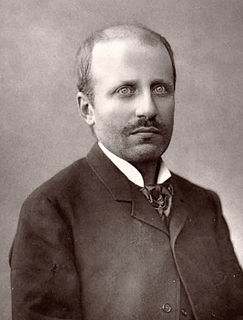
Philip Ferrari de La Renotière was a noted French stamp collector, assembling probably the most complete worldwide collection that ever existed, or is likely to exist. Amongst his extremely rare stamps were the unique Treskilling Yellow of Sweden and the 1856 one-cent "Black on Magenta" of British Guiana.
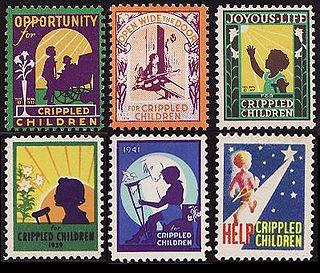
In philately, a cinderella stamp is "virtually anything resembling a postage stamp, but not issued for postal purposes by a government postal administration". There is a wide variety of cinderella stamps, such as those printed for promotional use by businesses, churches, political or non-profit groups. The term excludes imprinted stamps on postal stationery.
The Cinderella Stamp Club was founded on 5 June 1959 in London, England, and is an association of philatelists, amateur and professional, whose interests lie in local stamps, telegraph stamps, railway stamps, revenue stamps, fiscals, forgeries, bogus and phantom issues, Christmas, Red Cross, TB and other charity seals, registration labels, advertisement and poster stamps and many other items - all of which are the so-called "Cinderellas of Philately".

In general, philatelic fakes and forgeries are labels that look like postage stamps but have been produced to deceive or defraud. Learning to identify these can be a challenging branch of philately.
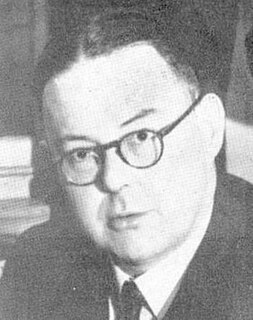
John Harry Robson Lowe was an English professional philatelist, stamp dealer and stamp auctioneer.

The postal history of Turkey and its predecessor state, the Ottoman Empire, dates to the 18th century when foreign countries maintained courier services through their consular offices in the Empire. Although delayed in the development of its own postal service, in 1863 the Ottoman Empire became the second independent country in Asia to issue adhesive postage stamps, and in 1875, it became a founding member of the General Postal Union, soon to become the Universal Postal Union. The Ottoman Empire became the Republic of Turkey in 1923, and in the following years, its postal service became more modernized and efficient and its postage stamps expertly designed and manufactured.

James Negus was a British philatelist and book editor.

Walter Morley (1863-1936) was a pioneering English philatelist, stamp dealer and philatelic author.

The poster stamp was an advertising label, a little larger than most postage stamps, that originated in the mid-19th century and quickly became a collecting craze, growing in popularity until World War I and then declining by World War II until they were almost forgotten except by collectors of cinderella stamps.

The Roll of Distinguished Philatelists (RDP) is a philatelic award of international scale, created by the Philatelic Congress of Great Britain in 1921. The Roll consists of five pieces of parchment to which the signatories add their names.
Francis Edgar Kiddle was a British philatelist who achieved an international reputation in the field of philatelic literature and cinderella philately.

Percy George de Worms was an English aristocrat and philatelist.
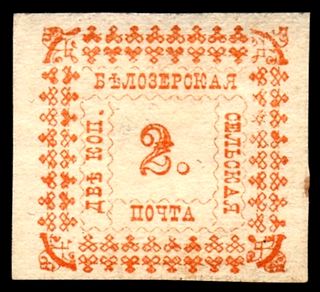
A Zemstvo stamp was a Russian local stamp used widely in rural areas from 1865. It was named after the Zemstvo local administrative districts or uyezds that were created in 1864. The stamps ceased at about the time of the 1917 Russian revolution.

Alfred J. Forbin was a pioneering French stamp dealer who wrote an all-world catalogue of revenue stamps that has never been surpassed.
William Humphrys was an engraver of pictures, book illustrations and postage stamps.

Béla Székula, also Bela Sekula (1881–1966), was a Hungarian philatelist, stamp dealer and forger who lived in Hungary, Switzerland and the USA.
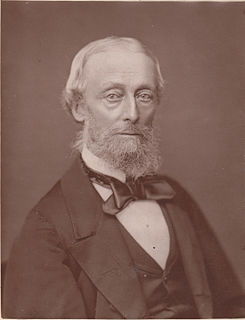
Charles William Viner A.M., Ph.D., was a British philatelist who was a founding member of the Philatelic Society, London, later to become the Royal Philatelic Society London, and who was present at the initial meeting of the society on 10 April 1869, and serving as its Secretary from 1871 to 1874. His obituary in The London Philatelist referred to him as the "Father of Philately" and elsewhere he was described as the vieille garde of philately having been actively collecting and writing about stamps since 1860. In 1921 he was entered on the Roll of Distinguished Philatelists as one of the founding Fathers of philately.
The Campbell-Johnston Collection is a collection of poster stamps that forms part of the British Library Philatelic Collections. It consists of 30 large green albums.
John Barefoot is a British philatelist, stamp dealer, and publisher, best known for his catalogues of revenue stamps which are known collectively as the "Barefoot catalogue".